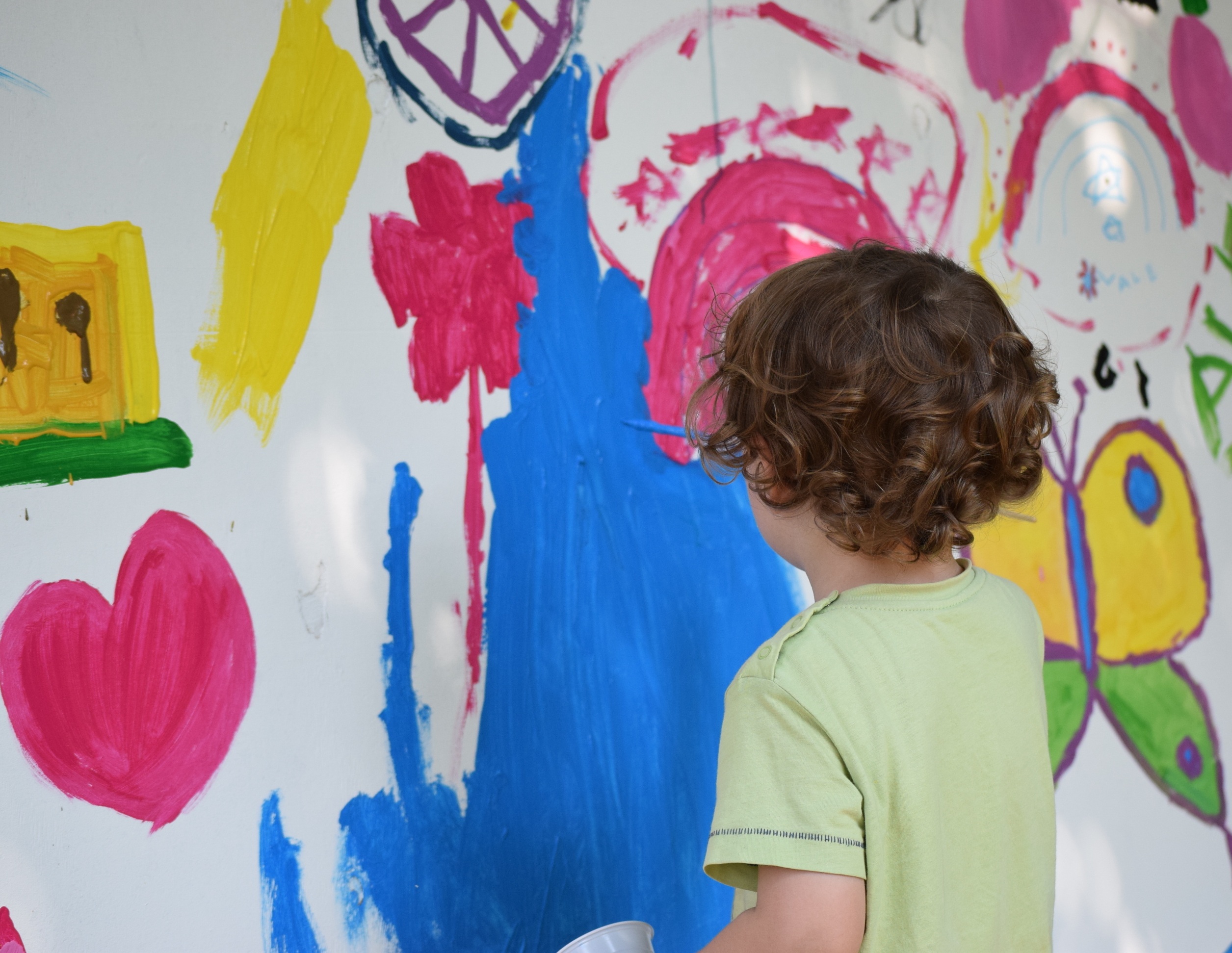There is no greater sigh of relief after a long day with young ones than when you open the door and they rush past you to play outside. The benefits of outdoor play for children are well researched. Ample outdoor experiences promote exercise, executive functioning, risk-taking, socialization, and an appreciation for nature. Support children’s outside explorations by welcoming spring with an outdoor classroom.
The thought of setting up an outdoor classroom likely brings about several questions, among which is the very popular: What materials do I need? The answer is simple: Bring whatever you do inside outside by making simple modifications. Here are few ideas for setting up spring-long investigations:
Gardens

Perhaps the most obvious place to start is designating a garden space. If possible, find an area to plant flowers, herbs, or vegetables. You can also set up low shelves with potted plants. Be sure to offer gardening tools and watering cans to support children’s efforts in planting the seeds and caring for the plants as they grow. Engage children in making the space beautiful by setting out mirrors to catch and reflect sunlight and hanging bird feeders and ornaments.
Shadows
Engage in shadow exploration by setting out sidewalk chalk for children to mark off and measure their shadows. Visit your outdoor space at different times of day to observe the sun’s position and notice how the length of shadows change.
Painting

Set up a painting center. Invite families to donate children’s clothes hangers (from department stores), which often have clips, to hang papers along fencing, or use clothespins. Alternatively you can set up easels or attach paper to a wall with tape. Set out traditional painting tools or explore painting with twigs, sticks, flowers, sprigs of pine—use whatever nature makes available to you! You could even collect rainwater to use with watercolors.
Observing Nature
Offer nature journals for children to keep track of their observations. Do they notice the birds flying around or building nests? Is there ice or snow thawing? How do the trees look? Are there worms, squirrels, or other wildlife? Invite children to draw what they see and help them sound out simple words if they’re interested in writing.
Bird Watching

Pay attention to the birds in your area. Which ones interest children? Do you know their names? Use the Macaulay Library database developed by Cornell University to search for birds and their sounds. Play the sounds for children and see if they can imitate them!
Cloud Gazing
Create an area for cloud gazing. What shapes do the children see? How do the clouds look before it rains? Are there cloudless days? Encourage children to draw their observations in their nature journals or with sidewalk on the cement or paint them in the painting center. Observe how clouds change over time by comparing children’s artwork.
Back to blog listing